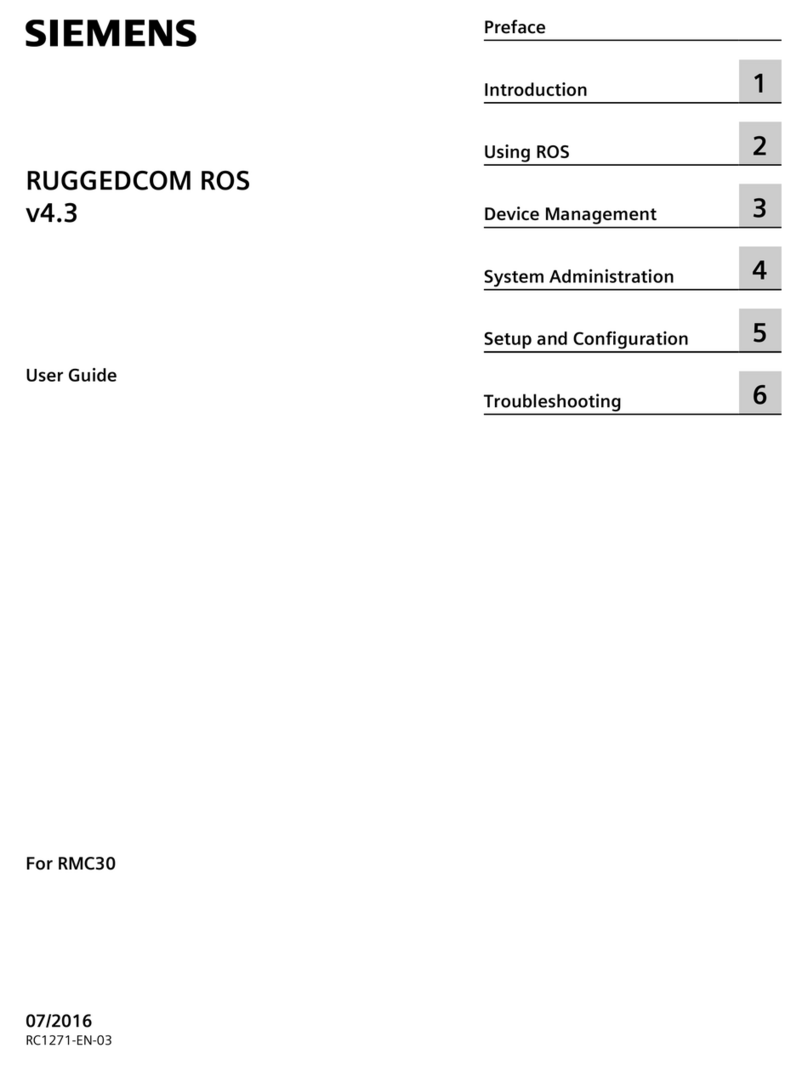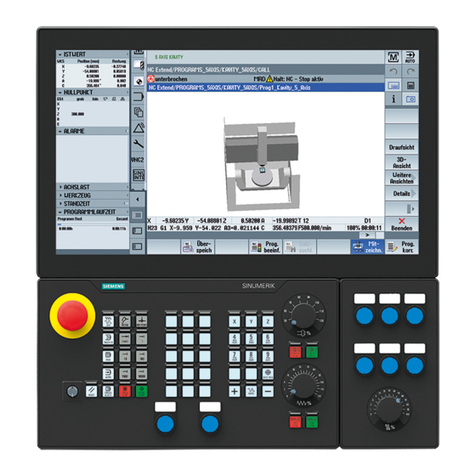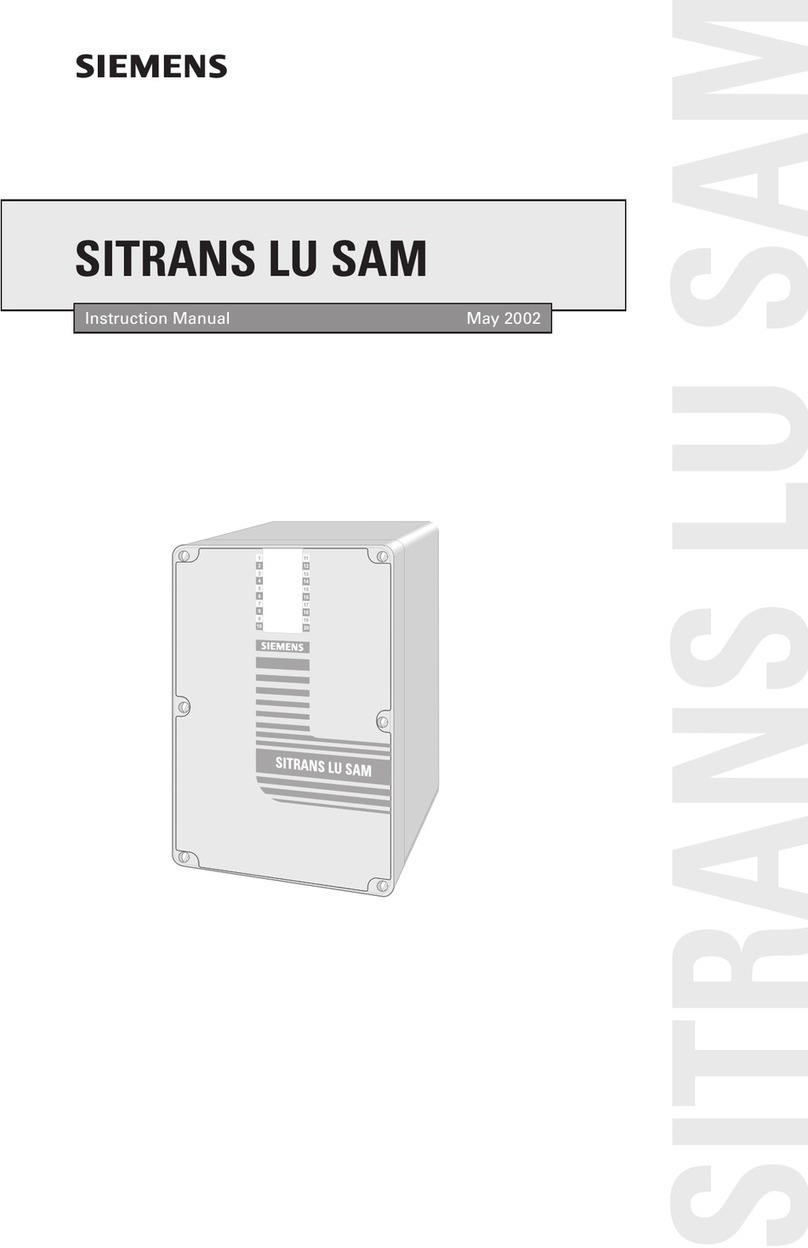Siemens ZS-30 User manual
Other Siemens Control Unit manuals
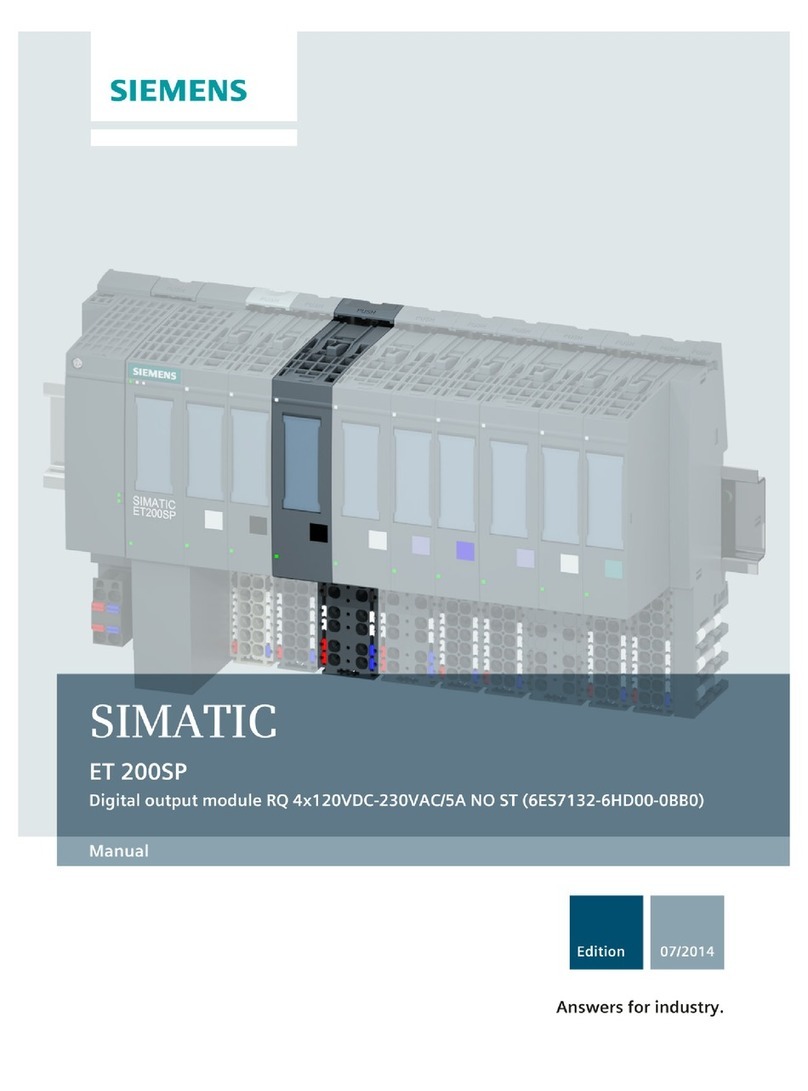
Siemens
Siemens SIMATIC ET 200SP User manual

Siemens
Siemens REP-1 User manual
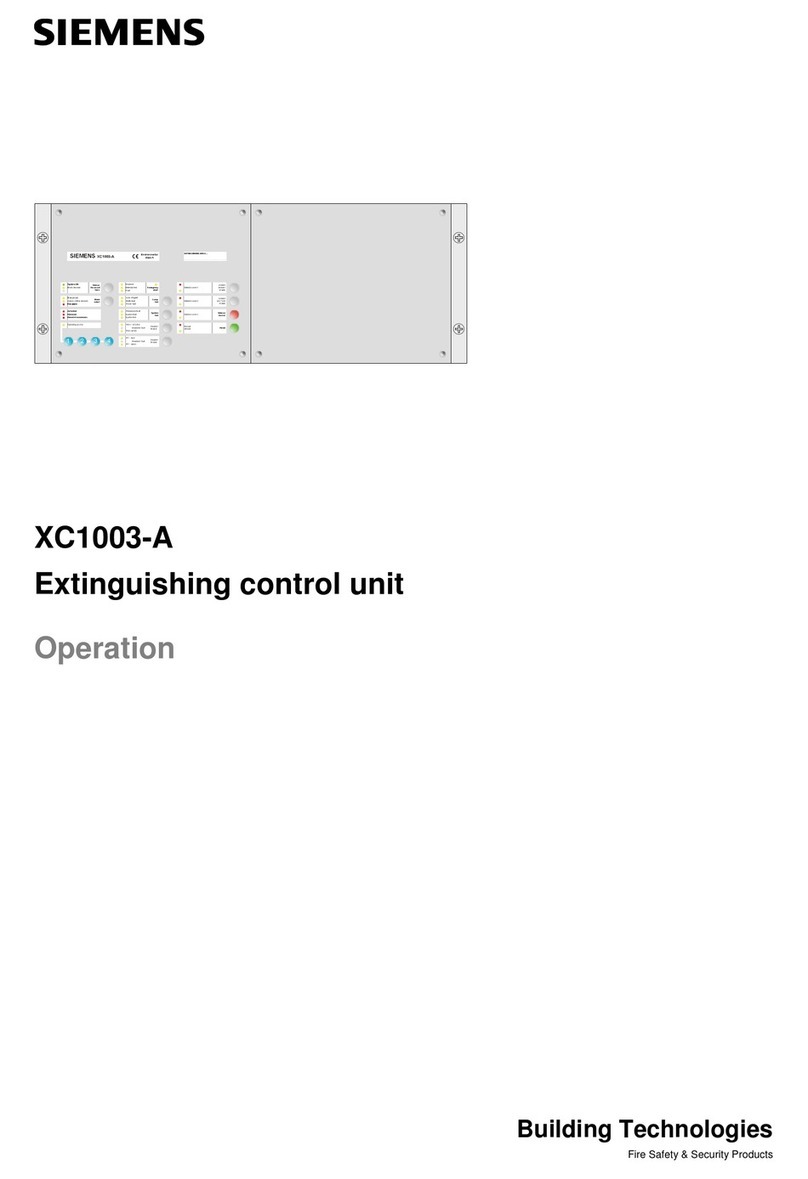
Siemens
Siemens XC1003-A Instruction Manual
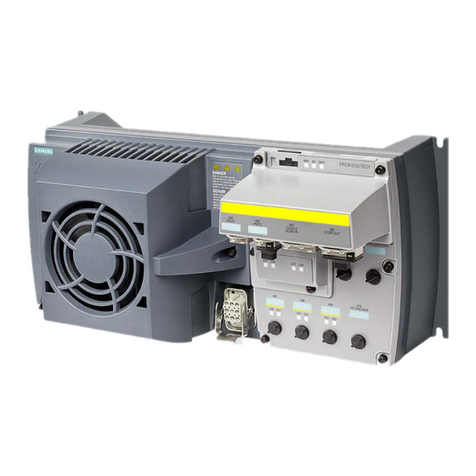
Siemens
Siemens SINAMICS G120D User manual
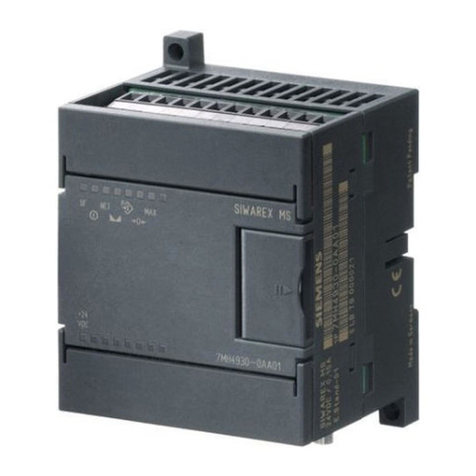
Siemens
Siemens SIWAREX MS User manual
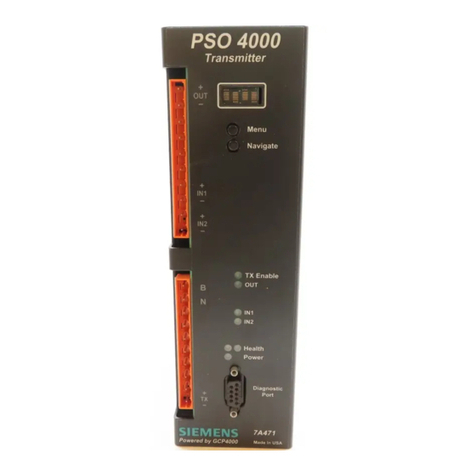
Siemens
Siemens PSO 4000 User manual
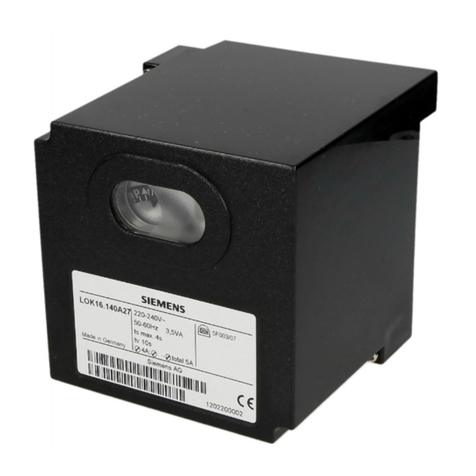
Siemens
Siemens LOK16 Series User manual
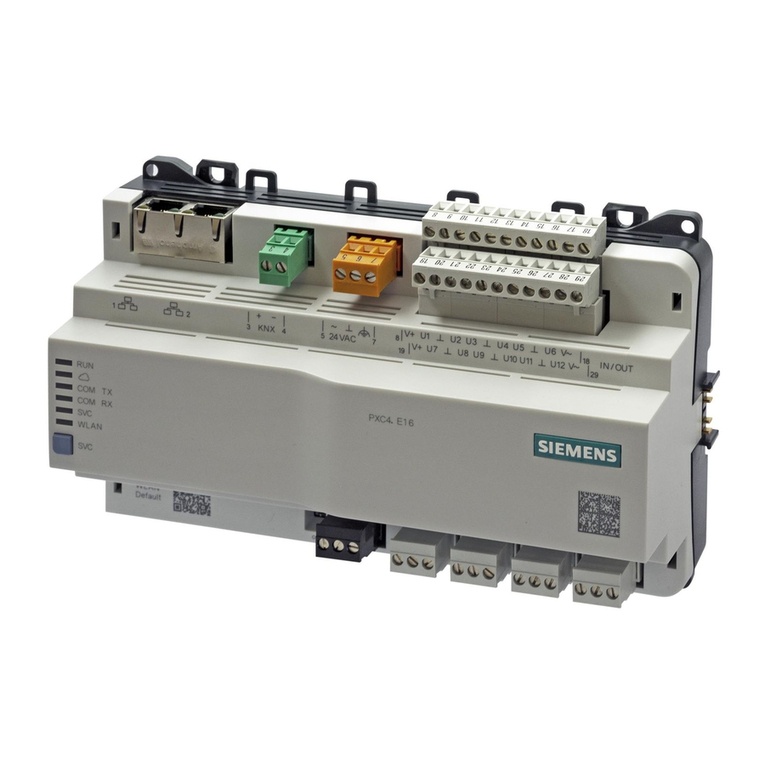
Siemens
Siemens Desigo PXC4.E16 User manual

Siemens
Siemens SINUMERIK 840D sl User manual
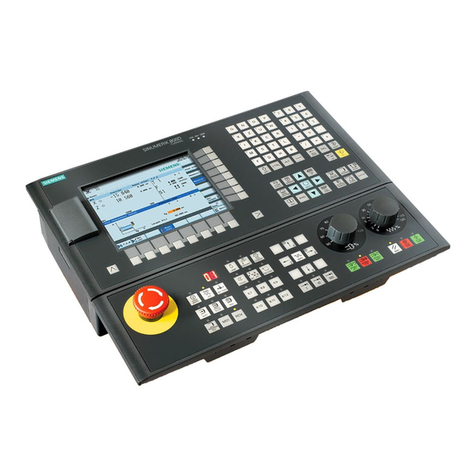
Siemens
Siemens SINUMERIK 808D User manual
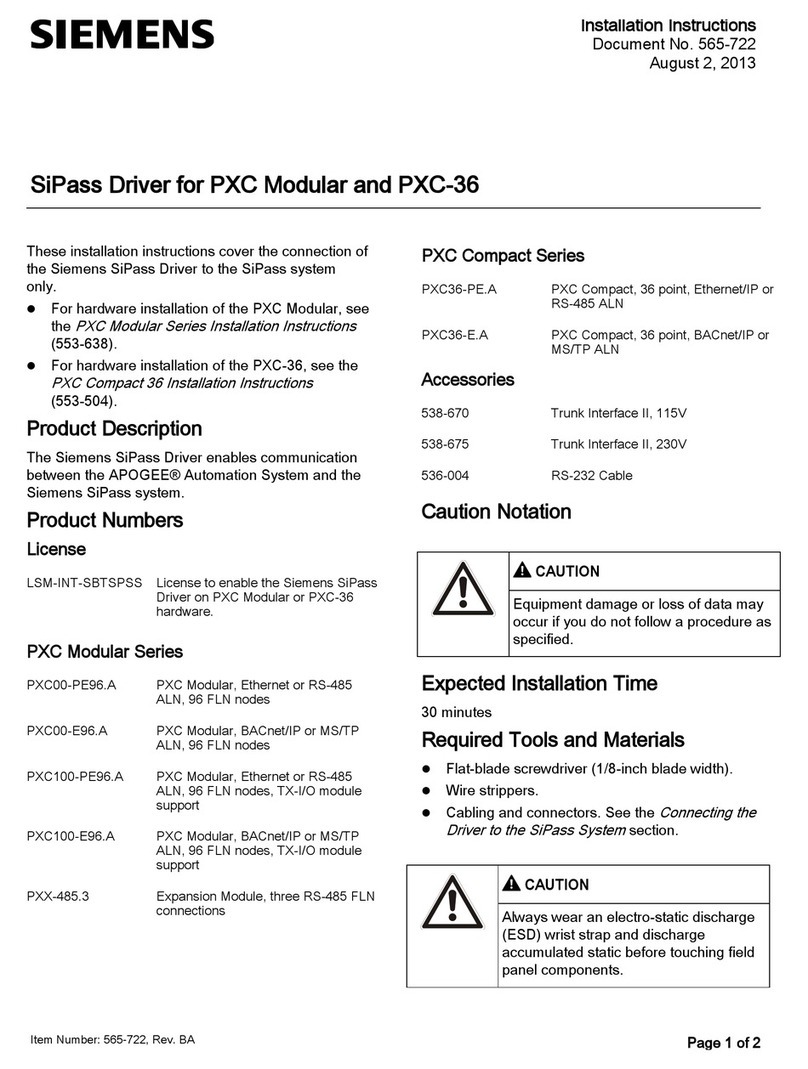
Siemens
Siemens SiPass Driver User manual
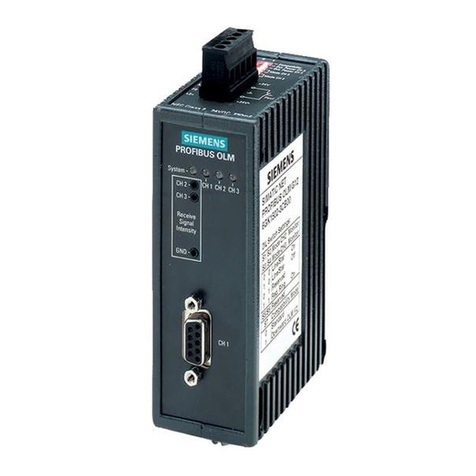
Siemens
Siemens SIMATIC 500 Series Manual
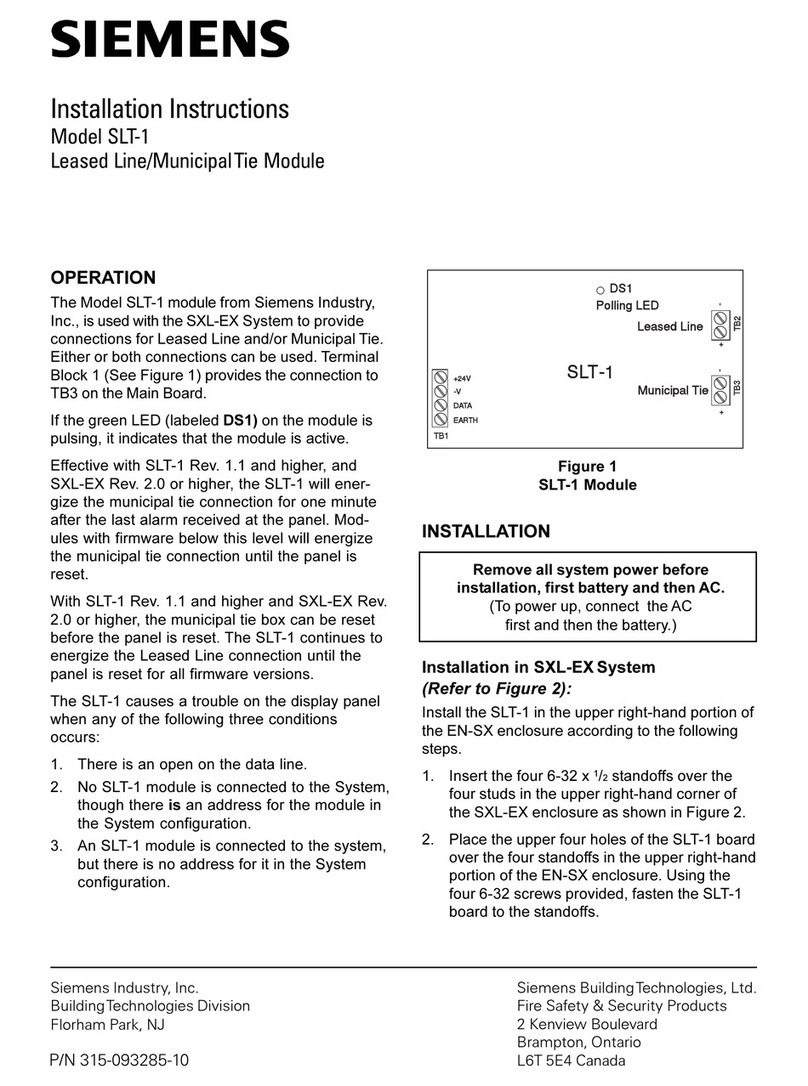
Siemens
Siemens SLT-1 User manual
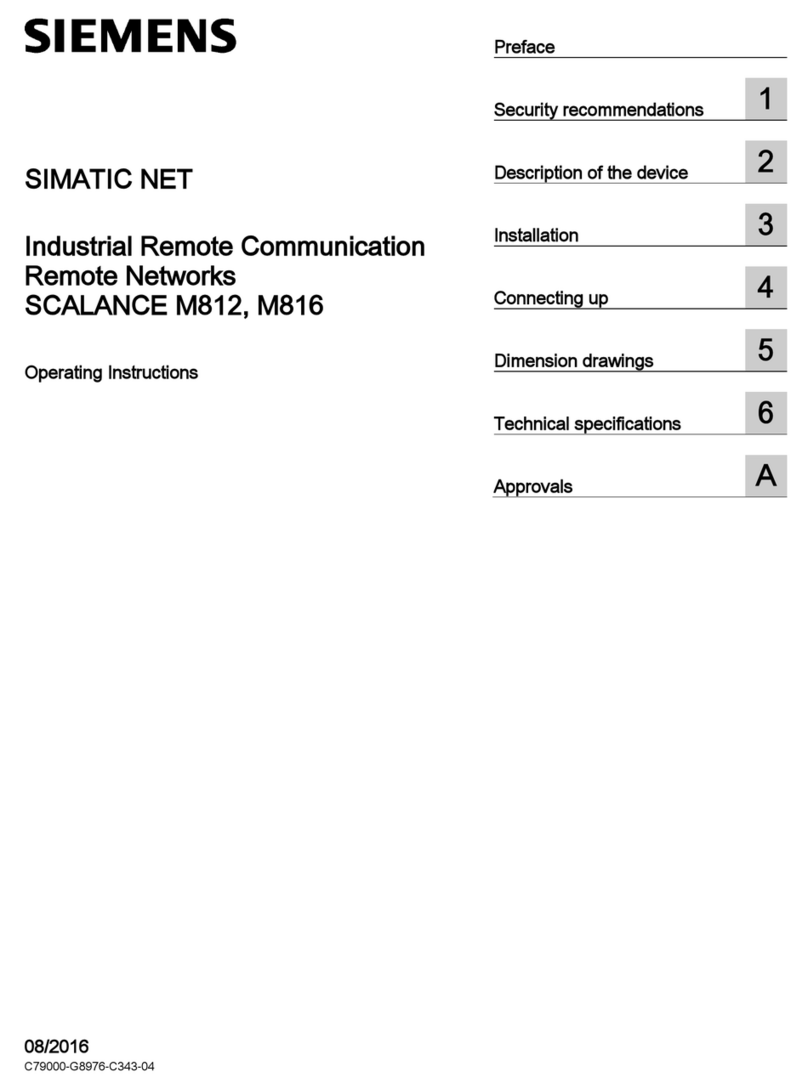
Siemens
Siemens Simatic Net Scalance M812 User manual
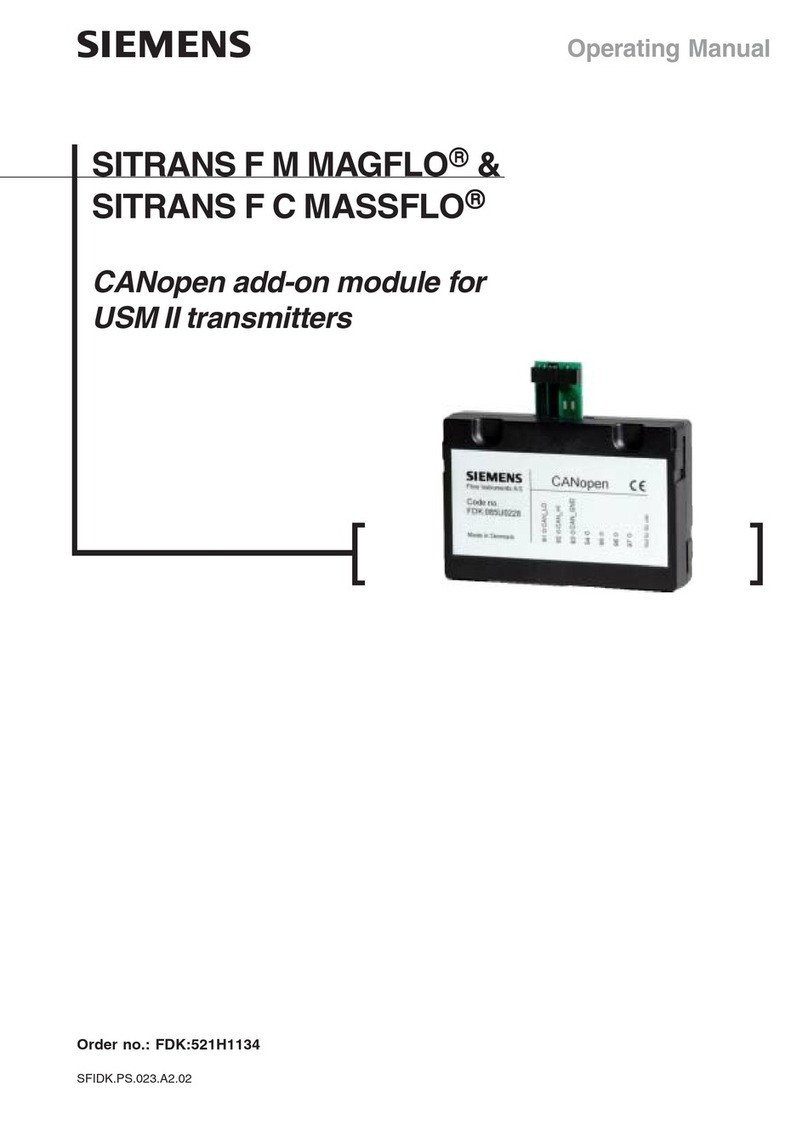
Siemens
Siemens FDK:521H1134 User manual
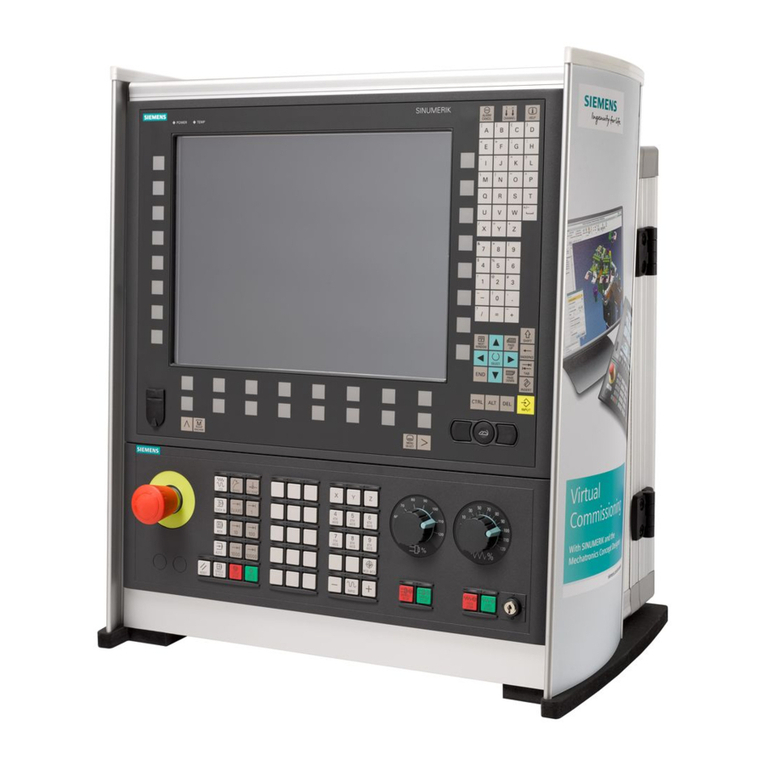
Siemens
Siemens SINUMERIK 840D sl User manual
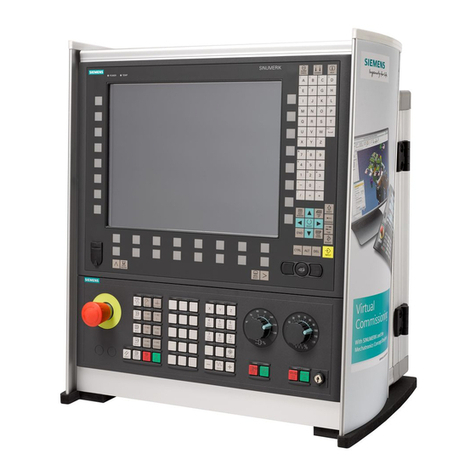
Siemens
Siemens SINUMERIK 840D Operating instructions
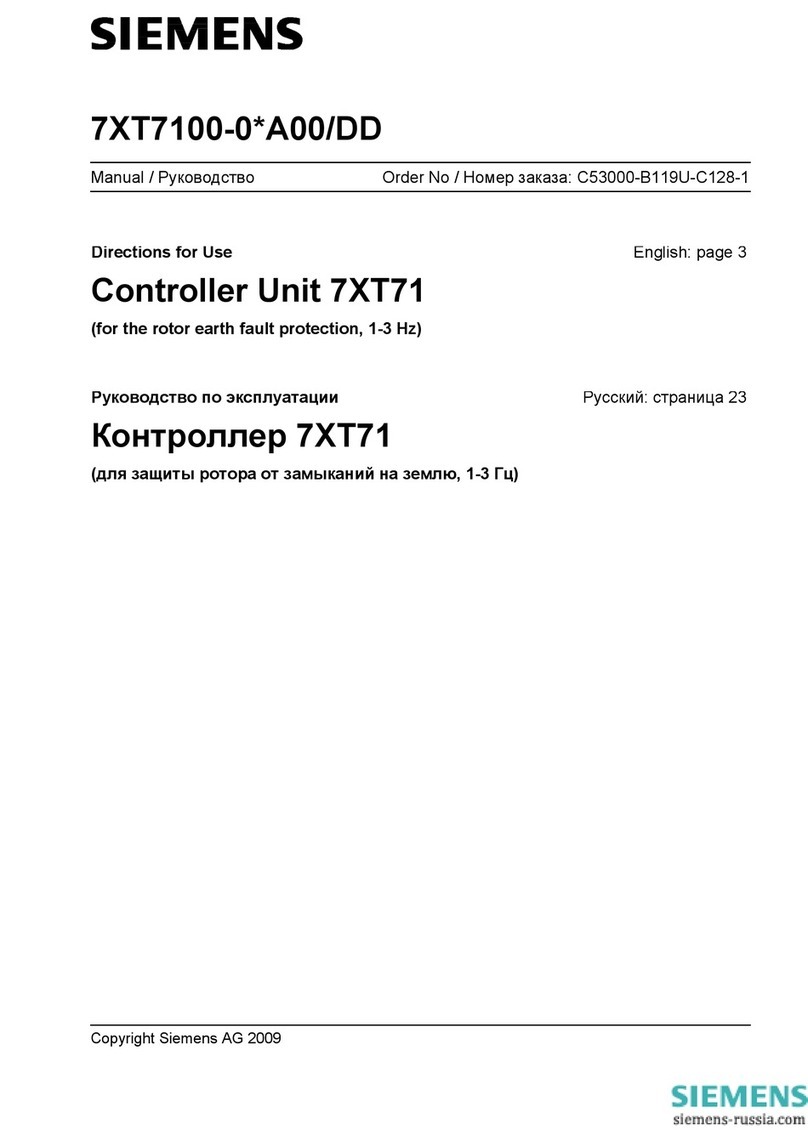
Siemens
Siemens 7XT71 Series User manual
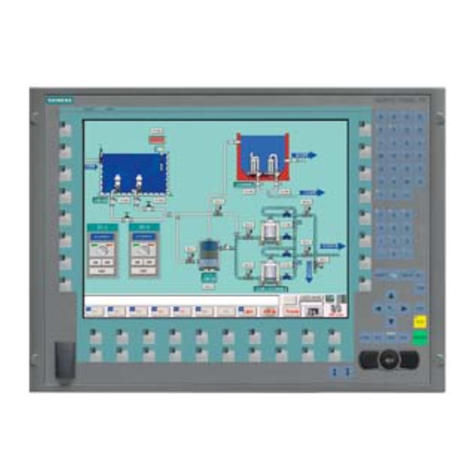
Siemens
Siemens SIMATIC Panel PC 677 User manual
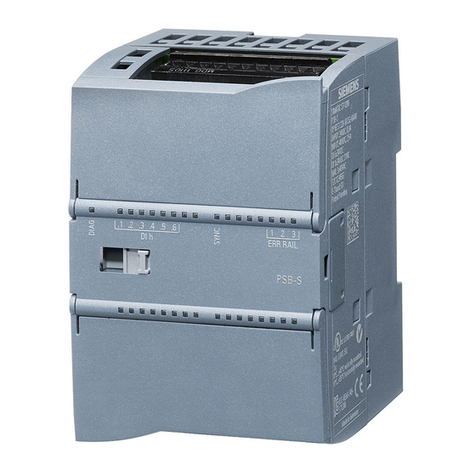
Siemens
Siemens SIMATIC EMS400S PSB-S User manual
Popular Control Unit manuals by other brands

Festo
Festo Compact Performance CP-FB6-E Brief description

Elo TouchSystems
Elo TouchSystems DMS-SA19P-EXTME Quick installation guide

JS Automation
JS Automation MPC3034A user manual

JAUDT
JAUDT SW GII 6406 Series Translation of the original operating instructions

Spektrum
Spektrum Air Module System manual

BOC Edwards
BOC Edwards Q Series instruction manual

KHADAS
KHADAS BT Magic quick start

Etherma
Etherma eNEXHO-IL Assembly and operating instructions

PMFoundations
PMFoundations Attenuverter Assembly guide

GEA
GEA VARIVENT Operating instruction

Walther Systemtechnik
Walther Systemtechnik VMS-05 Assembly instructions

Altronix
Altronix LINQ8PD Installation and programming manual
